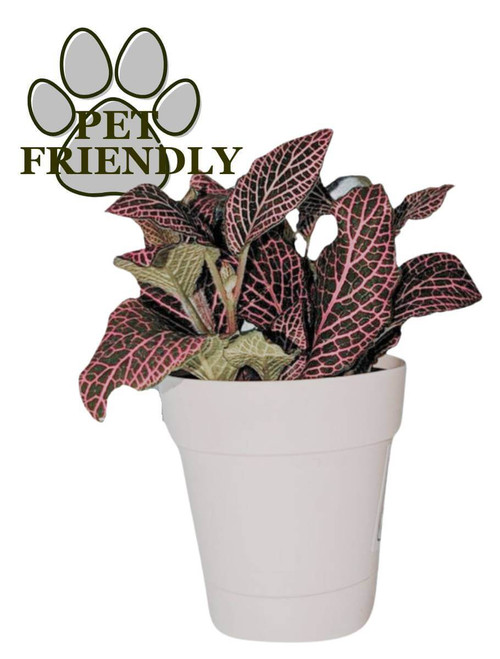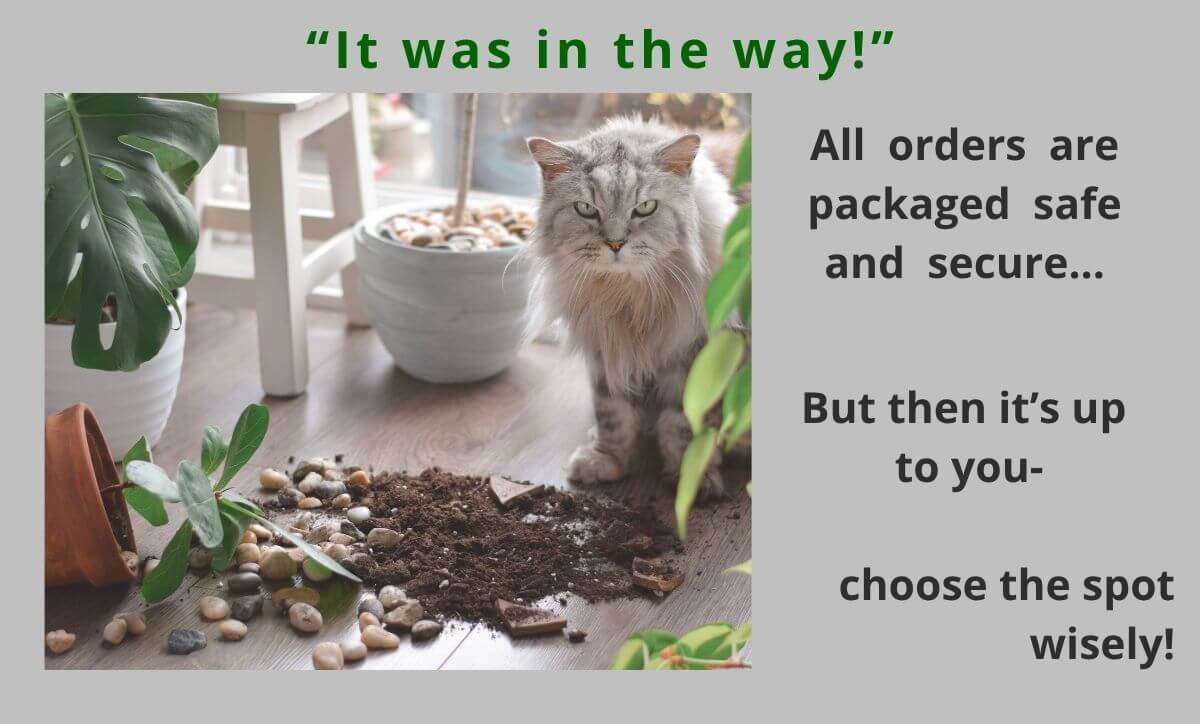NERVE PLANT -PINK
Fittonia, commonly known as the nerve plant, is a beloved houseplant famous for its striking foliage and manageable care requirements. Typically enjoyed as a trendy indoor companion, Fittonia is a compact evergreen known for its dark green leaves adorned with delicate veins—most often silver-white, but sometimes vivid red, pink, white, or green. Native to the tropical rainforests of South America, especially Peru, these low-growing plants (3–6 inches in height, up to 18 inches spread) are favorites among houseplant collectors and home stylists alike. Occasionally, they even offer dainty reddish or yellowish-white blooms indoors. Fittonia can double as a shady ground cover in the right conditions, adding a splash of lush green style to your indoor jungle.
PLANT CARE TIPS
Watering
The name “nerve plant” could easily reference its dramatic flair—it wilts drastically when thirsty. A fan of rainforest-like humidity, Fittonia is ideal for terrariums or hanging baskets placed in bathrooms or near humidifiers. Keep the soil consistently moist; otherwise, the plant will droop like it's on its last leaf. Don’t panic—it usually revives quickly with a drink. Still, frequent wilting takes a toll, so aim to maintain steady moisture levels.
Lighting
This plant can be a little temperamental about light. It thrives in bright, indirect light. A north- or east-facing window is ideal. Many plant owners choose to grow Fittonia under grow lights for better control and increased success, especially in the early stages.
Heat & Humidity
Fittonia thrives in high humidity and warm temperatures between 65–80°F. Avoid placing it in areas prone to drafts or where it might be exposed to sudden temperature shifts, such as near doors or frequently opened windows.
Soil Medium
A basic potting mix with a peat moss base works well. To improve drainage, mix in about 20% perlite. The goal is fast-draining soil that retains enough moisture to keep roots happy without risking rot.
Common Issues
- Wilting Leaves: Usually a sign of underwatering or low humidity. Check moisture levels and increase humidity if needed.
- Leaf Drop: Can occur from sudden temperature changes or drafts. Move the plant to a more stable environment.
- Brown Leaf Edges: Caused by low humidity or over-fertilization.
- Yellow Leaves: Often a result of overwatering.














